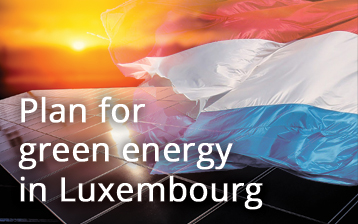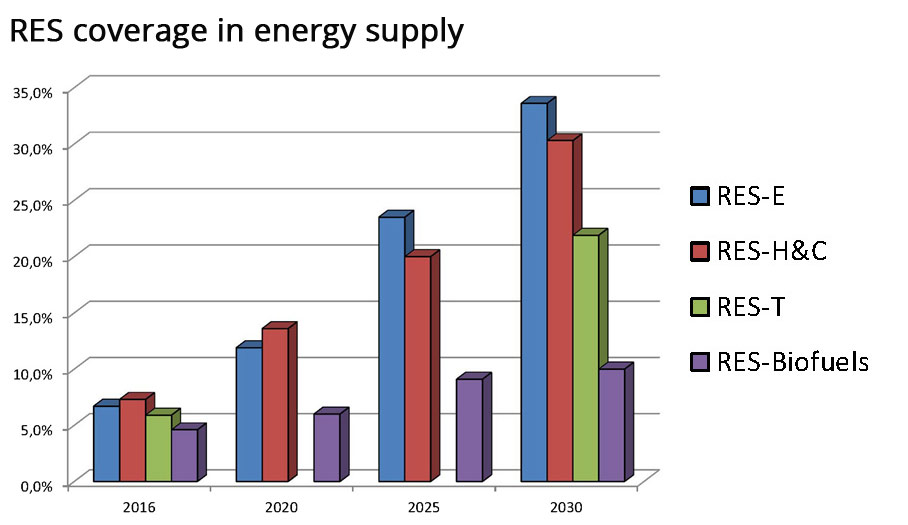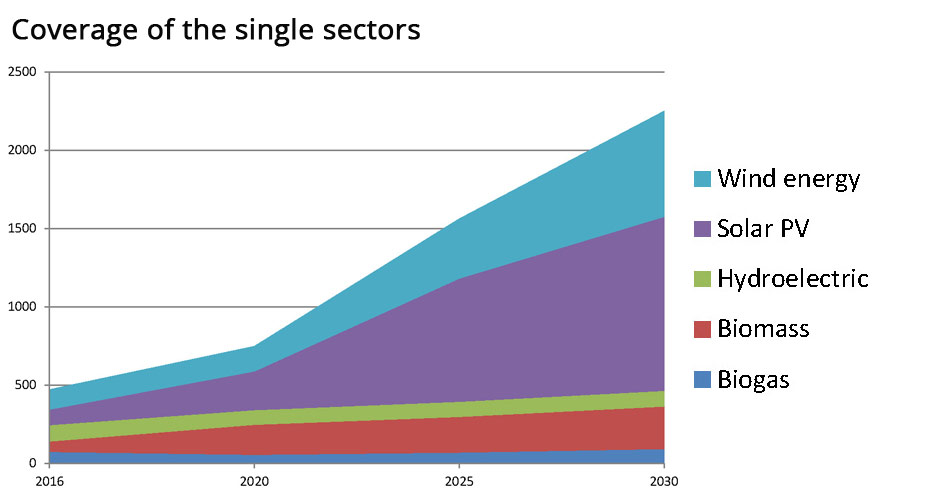Luxembourg is one of the member countries that have introduced their plan for green energy.
Some of the objectives and measures contained in this one will reduce the impact of the energy supply on the environment.
Renewable energy, how Luxembourg will grow with its plan?
Renewable energies today make a significant but relatively limited contribution to the energy sector in Luxembourg. However, this should and could change significantly in the upcoming years and would, therefore, represent a logical continuation of the trend related to the last years.
Renewable energies such as biomass, wind energy and photovoltaics, have already achieved significant growth in recent years. Within a decade, their contribution doubled, both in the electricity sector (from 3.2% in 2005 to 6.7% in 2016), but also in terms of heat supply (from 3.6% in 2005 to 7.3% in 2016).
With regard to renewable energy in the electricity sector it seems that, a share of around 33.6%, could be reached by 2030, also thanks to projects already being implemented (for example in the field of wind turbines, solar systems and combined heat and energy biomass).
On the other hand, with regard to the total percentage of renewable energy sources in the final gross consumption of energy, in line with the EU objective (increasing the share of renewable energies to 32% at EU level by 2030), a national contribution of between 23% and 25% seems reasonable and appropriate.
Solar PV, a target of 1112 GWh by 2030
Luxembourg, with his plan for green energy, wants to increase the quote of RES in the coverage of the energy needs. Related to the last years the percentage of RES was reached 5,44% in 2016, respect to 4.04% in 2015 and 4.51% in 2014.
With this intent, this country aims to achieve 11% of energy supply, covered by RES, by 2020. In the following years, the quote will increase further up to reach 23-25 % by 2030.
As shown in the graph one of the sectors that will grow more, is the solar PV field. An example of the investment in solar panels industries was the first tender for big PV plants which held in 2018. Furthermore, multi-year tenders have been announced, planned since 2020, which present plants with increasingly higher powers (up to 20MW per tender).
In addition to this, Luxembourg has been introduced in last years, a series of feed-in tariffs, to create attractive investment incentives, particularly in the biomass, wind and photovoltaic sectors. Furthermore, in 2018, a first national competition procedure was organized for photovoltaic systems on buildings or industrial or landfill sites.








